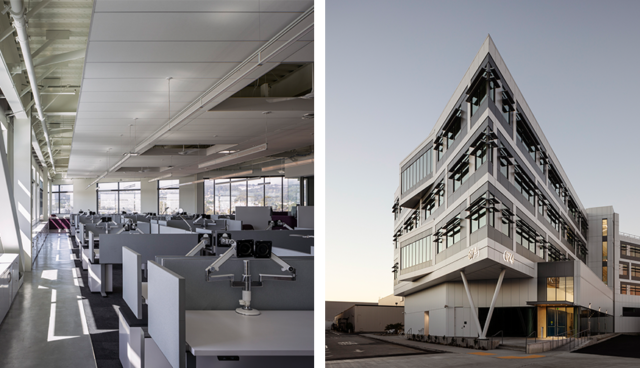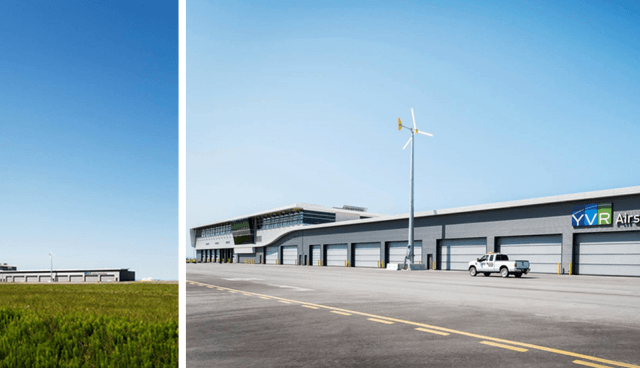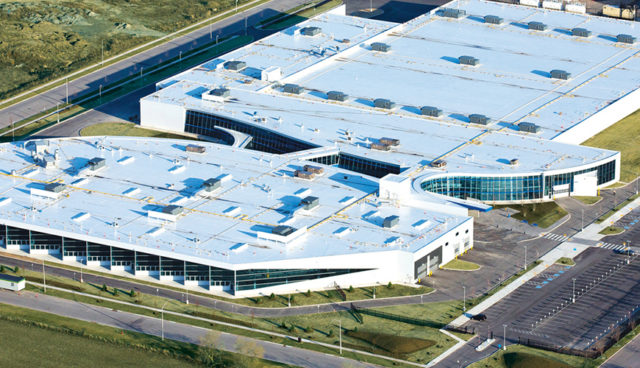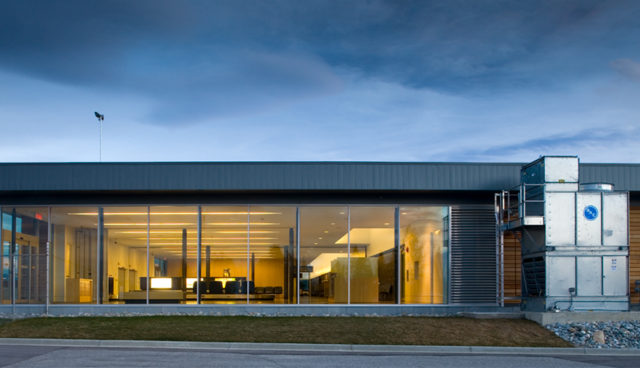Oakland Airport Central Utility Plant
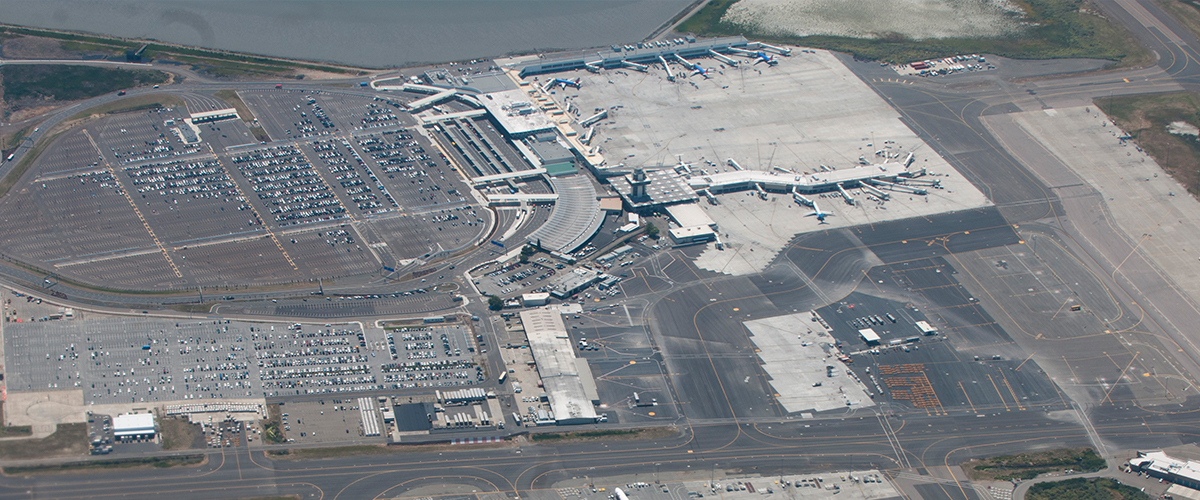
Since 2001, Integral Group has been involved in design and analysis projects at Oakland Airport, including connections to the central utility plant, implications of different system designs on the plant, different central plant configurations, and energy savings projections.
Comprehensive Energy Study: Integral Group conducted an energy efficiency study at the Oakland Airport, which included monitoring key energy-intensive operations that could be later analyzed for potential improvements, and analyzing energy saving opportunities for both savings and financial return. The team collected extensive data on the cooling load, chiller and cooling tower efficiencies, and air handler operation. From this trended data, measurements were taken on site, hydraulic simulations, energy simulation software, and various anecdotal and equipment information; eleven HVAC-related efficiency measures were developed, which showed a projected annual energy savings of $513,000.
Hydraulic Model: Our analysis showed that the existing chilled water plant had adequate capacity, so we built a hydraulic model of the entire airport chilled water system based on on-site inspection and existing drawings to determine the source of flow problems. This revealed the source of the problems and pointed toward recommended solutions. The Airport upgraded and optimized the chilled water plant based on this study and recommendations. The careful evaluation, simulation, and measurement process allowed the Airport to focus their limited retrofit dollars on updating and improving their mechanical systems, saving money, and improving comfort.
CUP Assessment and Schematic Design: We are currently studying the potential for interconnecting the Terminal 1 and Terminal 2 CUPs to achieve enhanced redundancy and reliability, operational efficiency, and support load migration during seasonal equipment maintenance. Our focus is to identify different design approaches and to perform analyses of projected annual energy savings and financial payback, including energy savings in KWh/yr; Peak demand reduction in kW; Simple payback; Life Cycle Cost; and Internal Rate of Return; and preliminary estimates of potential utility incentives.


